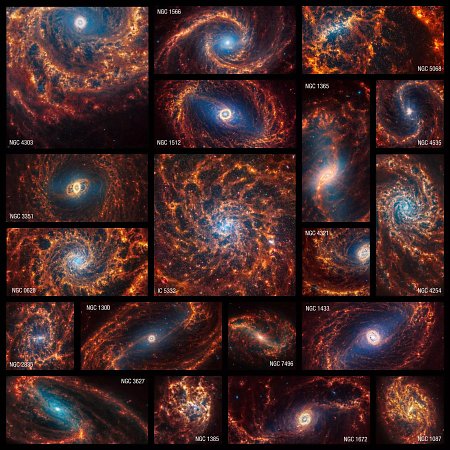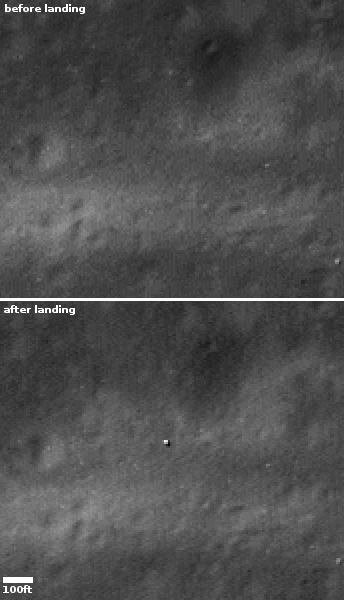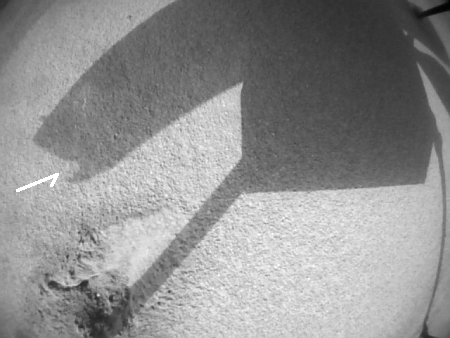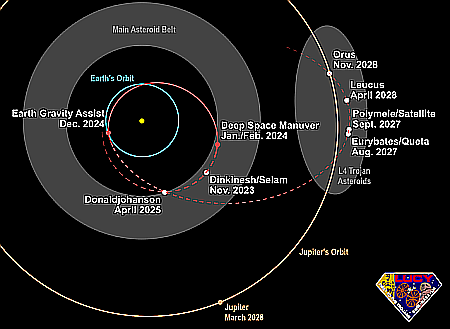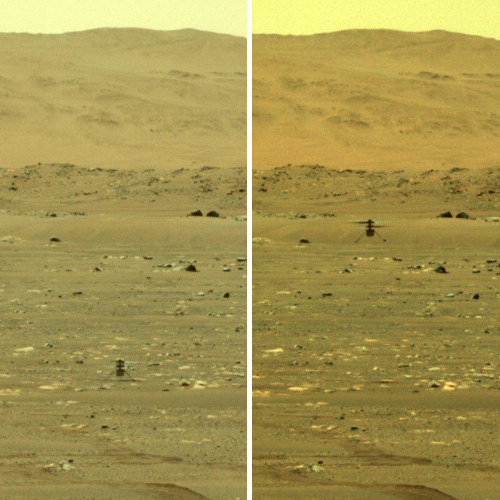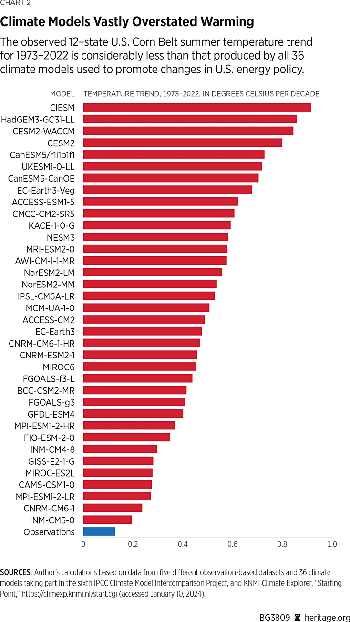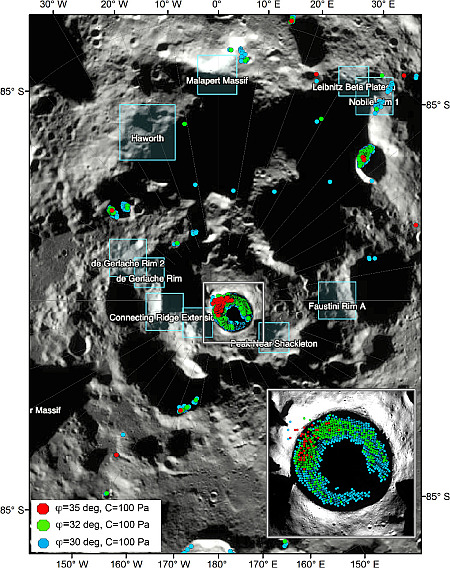The dark matter in the Milky Way is not behaving as its supposed to
The uncertainty of science: Scientists using precise data of the motions of the outer stars of the Milky Way from the Gaia orbiting telescope have found they do not rotate the galaxy’s center as fast as expected, based on the theory of the existence of dark matter.
Dark matter was proposed to explain why in other galaxies the speed of rotation of outer stars does not appear to decline with distance (as seen for example with the planets in our solar system) but remains the same, no matter how far out you go. That extra speed suggests there must be unseen matter pulling on the stars.
[N]ew results that combine Gaia measurements with those from APOGEE (Apache Point Observatory Galactic Evolution Experiment), performed on a ground-based telescope in New Mexico, USA, and which measures the physical properties of stars to better judge their distance, have indeed measured the Milky Way’s rotation curve for stars out farther than ever before, to about 100,000 light years. “What we were really surprised to see was that this curve remained flat, flat, flat out to a certain distance, and then it started tanking,” says Lina Necib, who is an assistant professor of physics at MIT, said in a statement. “This means the outer stars are rotating a little slower than expected, which is a very surprising result.”
…The decline in orbital velocity at these distances implies that there is less dark matter in the center of our galaxy than expected. The research team describe the galaxy’s halo of dark matter as having been “cored,” somewhat like an apple. The crew also says there’s not enough gravity from what dark matter there seems to exist there, to reach all the way out to 100,000 light years and keep stars moving at the same velocity.
The rotation data of other galaxies, while somewhat robust, also includes a number of assumptions might be fooling us into thinking that the speeds are higher than expected. The more precise data gathered nearby, in the Milky Way, is now suggesting those assumptions and that distant data must be questioned.
Or to put it more bluntly, dark matter remains an ad hoc solution to a mystery that astronomers really don’t understand, or have sufficient data to explain. It might very well be a wild goose chase that has made them miss the real answer, whatever that might be.
The uncertainty of science: Scientists using precise data of the motions of the outer stars of the Milky Way from the Gaia orbiting telescope have found they do not rotate the galaxy’s center as fast as expected, based on the theory of the existence of dark matter.
Dark matter was proposed to explain why in other galaxies the speed of rotation of outer stars does not appear to decline with distance (as seen for example with the planets in our solar system) but remains the same, no matter how far out you go. That extra speed suggests there must be unseen matter pulling on the stars.
[N]ew results that combine Gaia measurements with those from APOGEE (Apache Point Observatory Galactic Evolution Experiment), performed on a ground-based telescope in New Mexico, USA, and which measures the physical properties of stars to better judge their distance, have indeed measured the Milky Way’s rotation curve for stars out farther than ever before, to about 100,000 light years. “What we were really surprised to see was that this curve remained flat, flat, flat out to a certain distance, and then it started tanking,” says Lina Necib, who is an assistant professor of physics at MIT, said in a statement. “This means the outer stars are rotating a little slower than expected, which is a very surprising result.”
…The decline in orbital velocity at these distances implies that there is less dark matter in the center of our galaxy than expected. The research team describe the galaxy’s halo of dark matter as having been “cored,” somewhat like an apple. The crew also says there’s not enough gravity from what dark matter there seems to exist there, to reach all the way out to 100,000 light years and keep stars moving at the same velocity.
The rotation data of other galaxies, while somewhat robust, also includes a number of assumptions might be fooling us into thinking that the speeds are higher than expected. The more precise data gathered nearby, in the Milky Way, is now suggesting those assumptions and that distant data must be questioned.
Or to put it more bluntly, dark matter remains an ad hoc solution to a mystery that astronomers really don’t understand, or have sufficient data to explain. It might very well be a wild goose chase that has made them miss the real answer, whatever that might be.




